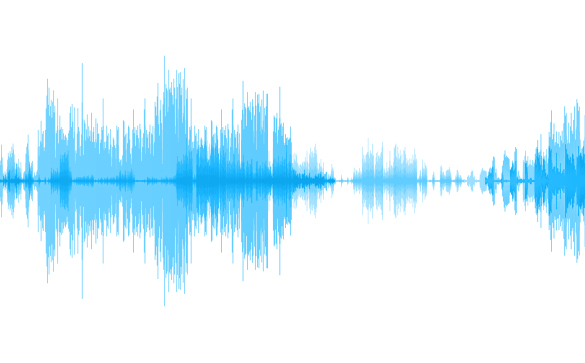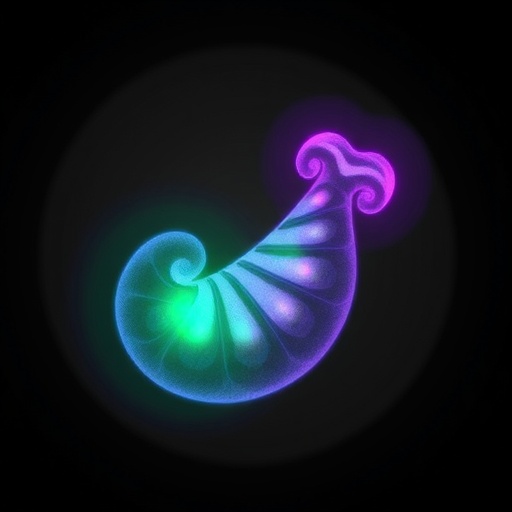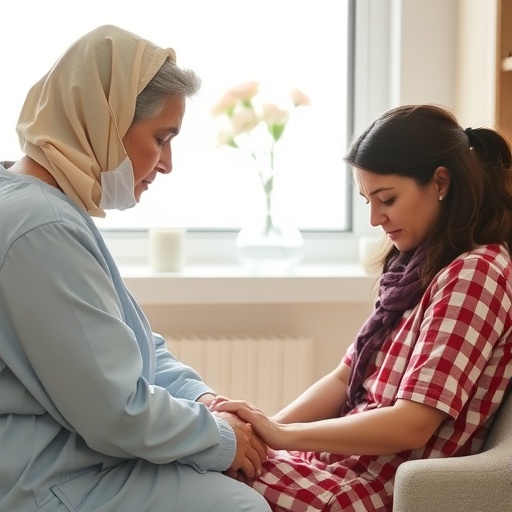An awkward beat doesn’t help on the dance floor, but it could help people who are recovering from mild traumatic brain injury (mTBI).

Credit: Clayton Metz
An awkward beat doesn’t help on the dance floor, but it could help people who are recovering from mild traumatic brain injury (mTBI).
Publishing online today (June 11, 2024) in the Journal of Neurotrauma, Virginia Tech scientists with the Fralin Biomedical Research Institute at VTC show that specifying the timing pattern of neurostimulation – impulses used to activate the brain’s own electrical signaling mechanisms – can rebalance the strength of synaptic connections between nerve cells, selectively up- or down-regulating those connections. While the timing pattern of electrical signaling is important in the normal brain, it also plays a role in regulating the strength of synaptic connections after brain injury, particularly strengthening them with the same patterns that would otherwise weaken those connections in the normal brain.
The study underscores the importance of considering the use of more natural, noisier patterns of impulses of activity for neurostimulation in attempts to more effectively treat brain disorders including, but not limited to, concussions and other mild traumatic brain injuries in people. More than 2.1 million head traumas are treated in U.S. emergency departments each year, according to the Centers for Disease Control and Prevention, with many other such injuries occurring without medical attention.
“Our results suggest that we may be able to use different patterns of brain stimulation to help treat mild traumatic brain injuries,” said Michael Friedlander, a co-corresponding author on the paper in whose laboratory the work was carried out. Friedlander is the executive director of the Fralin Biomedical Research Institute at VTC and Virginia Tech’s Vice President for Health Sciences and Technology.
“By adjusting things like the timing, frequency, and consistency of the stimulation, we might be able to strengthen specific connections in the brain, which could help improve brain function after injury. It has not escaped our attention that the electrical and synaptic signaling in the living brain is generally anything but regular,” Friedlander said. “Thus, we wanted to build on that natural noisiness that the brain uses to see if patterns that mimic those might have some intrinsic capacity to activate signaling pathways to re-adjust strengths between nodes in living neuronal networks that have otherwise been functionally compromised such as occurs after injury.”
Brain stimulation is increasingly being used in the clinic to treat a variety of neurological and psychiatric disorders such as depression, Parkinson’s disease, chronic pain, and Alzheimer’s disease but little attention has been paid to the patterns of the stimulation other than frequency.
“While our study in laboratory rats is directed specifically at mild traumatic brain injury, it may also provide useful information to be applied to treatments of other brain conditions in people,” Friedlander said.
The study is among the first to look at the effects of systematically and precisely controlling the timing patterns of neurostimulation.
Notably, the researchers found that irregular patterns at certain frequencies appear to affect injured brains differently than normal brains, strengthening their connections with other nerve cells, while in the normal brain, those same patterns weakened the connections.
“Neurostimulation can be delivered in regular intervals like a metronome, but it can also be delivered in a way that is more irregular,” said Quentin Fischer, research assistant professor at the Fralin Biomedical Research Institute in the Friedlander laboratory and co-corresponding author of the study.
“It is somewhat like the difference between a very organized concerto piece, and jazz, where the musicians are playing around with the patterns,” Fischer said. “We found that highly irregular patterns of stimulation in the normal brain led to a decrease in the strength of connections between neurons, but in the injured brain, that same irregular pattern of stimulation, at the same frequency and continuity, resulted in a strengthening of those connections.”
The findings underscore the importance of timing signals to optimize neurostimulation therapies for mTBI and other brain disorders, suggesting potential avenues for more effective treatment strategies.
“There is a dramatic difference between the normal brain and the injured brain in respect to how the synapses respond to different patterns of stimulation,” Friedlander said. “A mild traumatic brain injury, despite its name, can have serious and lasting effects on cognitive function, mood, and overall quality of life. This highlights the critical importance of understanding the best approaches for delivering optimized therapeutic neurostimulation.”
Journal
Journal of Neurotrauma
DOI
10.1089/neu.2024.0129
Method of Research
Experimental study
Subject of Research
Animals
Article Title
SYNAPTIC PLASTICITY IN THE INJURED BRAIN DEPENDS ON THE TEMPORAL PATTERN OF STIMULATION
Article Publication Date
31-May-2024
COI Statement
The authors have a patent pending for the software code (scripts and algorithms) used to generate the temporal patterns of stimulation, as well as the specific temporal patterns which were used in this study.




